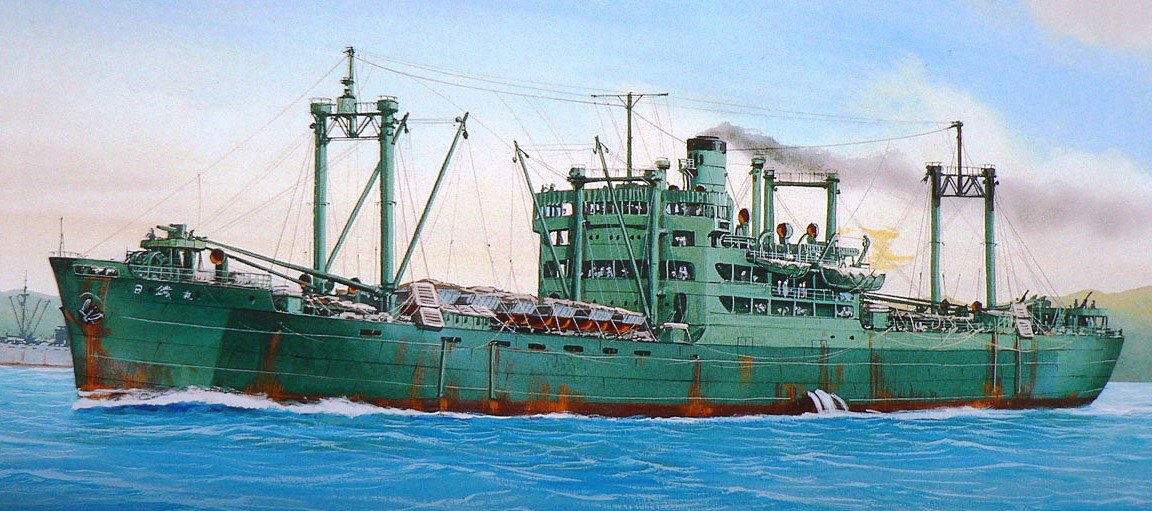

(Classes link to specifications summaries)
|
Yasukuni Maru (revised 11/1/2011) |
|
Shonan
Maru (posted 8/27/2011) |
|
Kinrei
Maru (posted 9/17/2011) |
|
Horei Maru
(revised 10/29/2011) |
|
Akikawa Maru
(posted 11/19/2011) |

Bob Hackett is a military historian and researcher. Retired from the United States Air Force and later from the aerospace industry, he resides in the United States.
Questions concerning these TROMs should be posted on the Discussion and Questions board.

